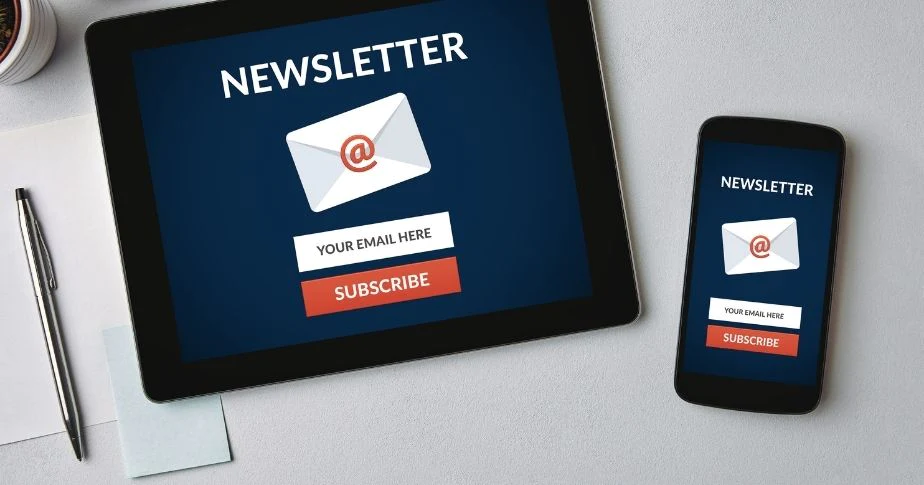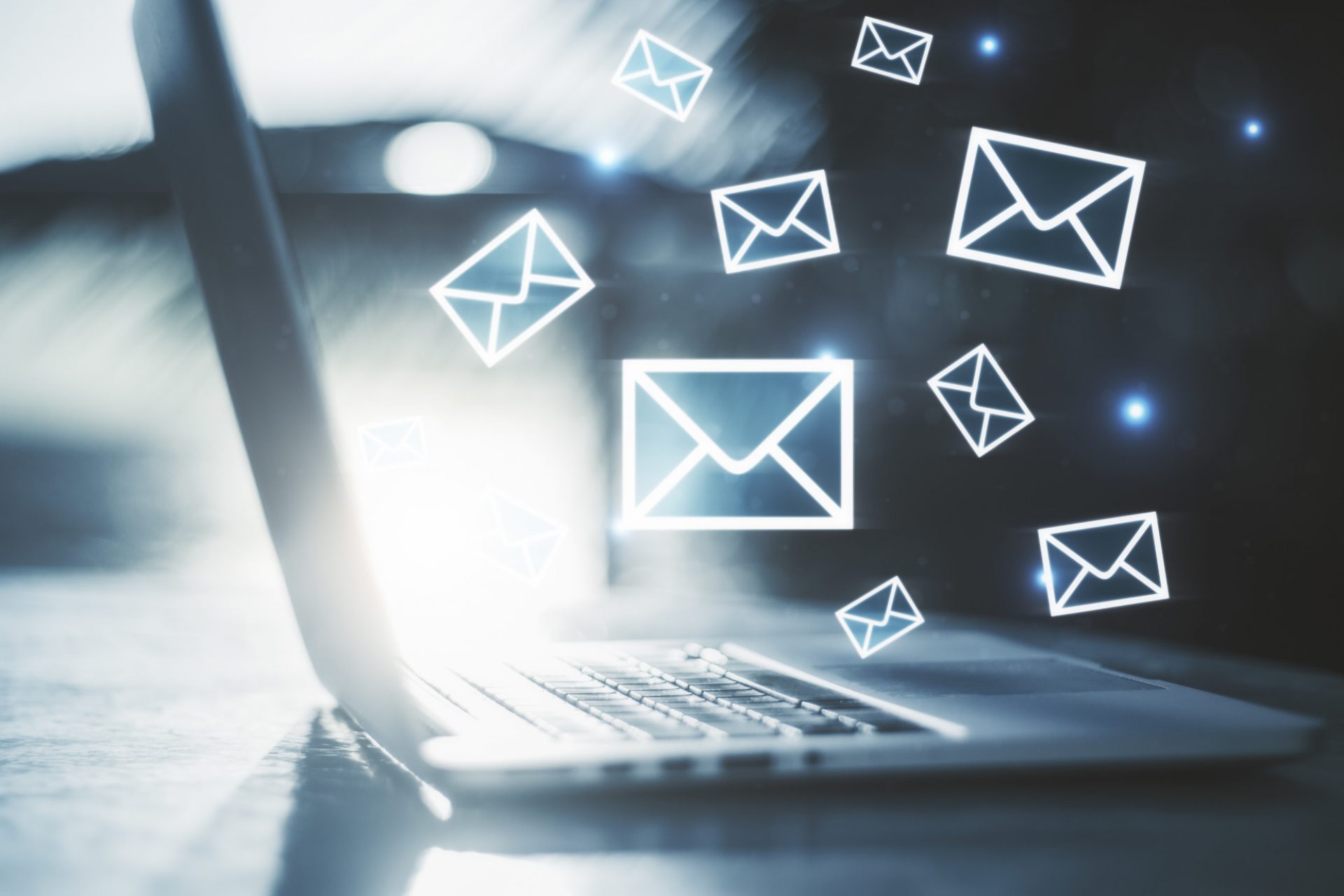
From zero to success: Building an email list from scratch
Email is a critical piece of any small business’ marketing strategy, but building an effective email list can be daunting. Whether you’re just starting out in business, have been operating for a while but have not yet ventured into email marketing, or are just unhappy with the results your current email list is getting, take heart! It is possible to go from zero to success in the world of email marketing, and create a list that will help you market your products and services to exactly the people who want to buy them.
Why email marketing?
Email is a dominant form of marketing, and multiple studies suggest it’s more effective than virtually any other type, including direct mail, traditional advertising, digital advertising, and even social media. Gigaom Research calls email marketing the “digital workhorse,” and found more than half the marketers they surveyed viewed email marketing as the most effective marketing tactic.
Why is email marketing so great? First, it’s very easy, fast, and low-cost (often no-cost) to do. Even marketing newbies can stage successful email campaigns, especially if they’re using a service that automates the creation, design, mailing, and metrics measurements of an email campaign.
What’s more, virtually everyone in America is online all the time thanks in no small part to increased smartphone use. Even better, Hubspot reports that 50 percent of consumers say they read all their emails!
You don’t have to be a marketing pro to achieve great results with email marketing, but you do have to start off with a very good list. Here are some sure-fire strategies for building a list that will work for your small business:
- Create an easy-to-find, easy-to-use email signup page on your website. Your website is an essential tool for informing your customers about your business, but it’s also one of the easiest ways to begin building an email list. Your subscribe page should be simple, easy to find from the home page, and briefly tell users what they’re signing up for — your company newsletter, periodic announcements of specials and deals, your recipe-a-week club, etc. Include the link to your signup form in your business’ email signature.
- Gather emails in person. If you have a storefront or you regularly interact with customers in an office setting, you can solicit emails directly from the customer. It’s as easy as setting out a good old signup sheet where people can write down their emails, or you can be higher tech by displaying a tablet that customers can use to sign up on your website. You can also collect emails when you participate in community events, expos, trade shows, or anywhere else your brand comes in contact with customers in the real world. Finally, when you speak with customers on the phone, ask if they would like to provide an email for your list.
- Leverage social media to grow your email list. If you’ve connected with consumers through social media, you’ve already captured their attention and positive energy, so they’re predisposed to share their email address with you. You can offer a signup portal through your Facebook or LinkedIn pages, or use Twitter lead-generation cards.
- Incentivize everyone to provide email addresses. Offering consumers a reward for providing their email addresses (access to special discounts, free points in your loyalty program, etc.) isn’t the only way to incentivize the email-collection process. You can also reward employees for successfully gathering valid email addresses for your list. Reward customers who refer others to sign up for your list, and include “forward-to-a-friend” links in all your emails.
- Leverage every piece of paper your business produces and shares with customers. Yes, it’s an increasingly digitized world and you’re trying to build an email list, but don’t miss out on the opportunity offered by unavoidable pieces of paper, like customer receipts and invoices, direct mail pieces, and even your company business cards and letterhead. Include a brief call to action on everything in order to encourage people to sign up for your email list.
- Give bouncebacks one more go. No matter how good you think your email list is, inevitably you’ll send to some email addresses that aren’t valid — and you’ll get a bounceback notice from your email server. If those incorrect emails are tied to an actual customer account, send a postcard asking them to update their email address with you and offer a reward for doing so.
- Don’t let website visitors go without a plea. When a user is ready to navigate away from your site without having signed up for your email list, you can make a last-ditch effort by having a pop-up window appear that asks them to enroll before they go.
- Gamify email gathering. Gamification is the next hot thing in loyalty rewards programs, and you can also leverage the concept for your email-gathering efforts. Turn the collection of emails into a game where customers get caught up in the competition. This can be as simple as setting a fishbowl on the counter where visitors to your establishment drop their business cards (which typically include email addresses) for a chance to win a prize. Or, you can stage a competition, such as a video-making contest, and require contestants to provide their emails in order to participate.
- Make your emails engaging and effective. Delivering quality content to email inboxes is a good way to encourage subscribers to help you grow your list by sharing your content with others. Emails that entertain, or those that offer something appealing and exclusive, are shareable. Learn the basics of great emails, like email personalization, killer subject lines, and words that sell.
- Inspire signups with a free, must-have tool. It takes a little more work, but creating a must-have tool and offering it for free download in exchange for an email signup is a great way to build both your email list and your brand’s reputation. For example, if you operate a lawn-care service, offer a free online calculator that tells users how much water, sun, and fertilizer common plants need throughout the summer. Tax accountant? Create and offer a free eBook on everything people should know about tax deductions. This type of tactic gives consumers something for free, creates an association in their mind between your business and useful information, and helps grow your email list.
- Grow and improve your list by polling current subscribers. Building an effective email list isn’t just about adding names to it. You also need to be able to segment it and refine it, so that you know your marketing message is reaching the right people at the right time. You can begin doing this by sending out a survey email to current subscribers. Ask them what you’re doing right, what you could be doing better, and what they’d like to see from you by way of new products and services in the future. Reward their responses by offering a discount or other exclusive promotion to those who reply.
Building an email list takes time, creativity, and patience, but it’s a critical step to ensuring your email marketing is effective. It’s also important to remember that an email marketing list is a living thing — it should grow and change over time as your business builds strong relationships with new and existing customers.
Watch our FREE webinar!
© 2017 – 2018, Contributing Author. All rights reserved.
 WATCH NOW
WATCH NOW 


